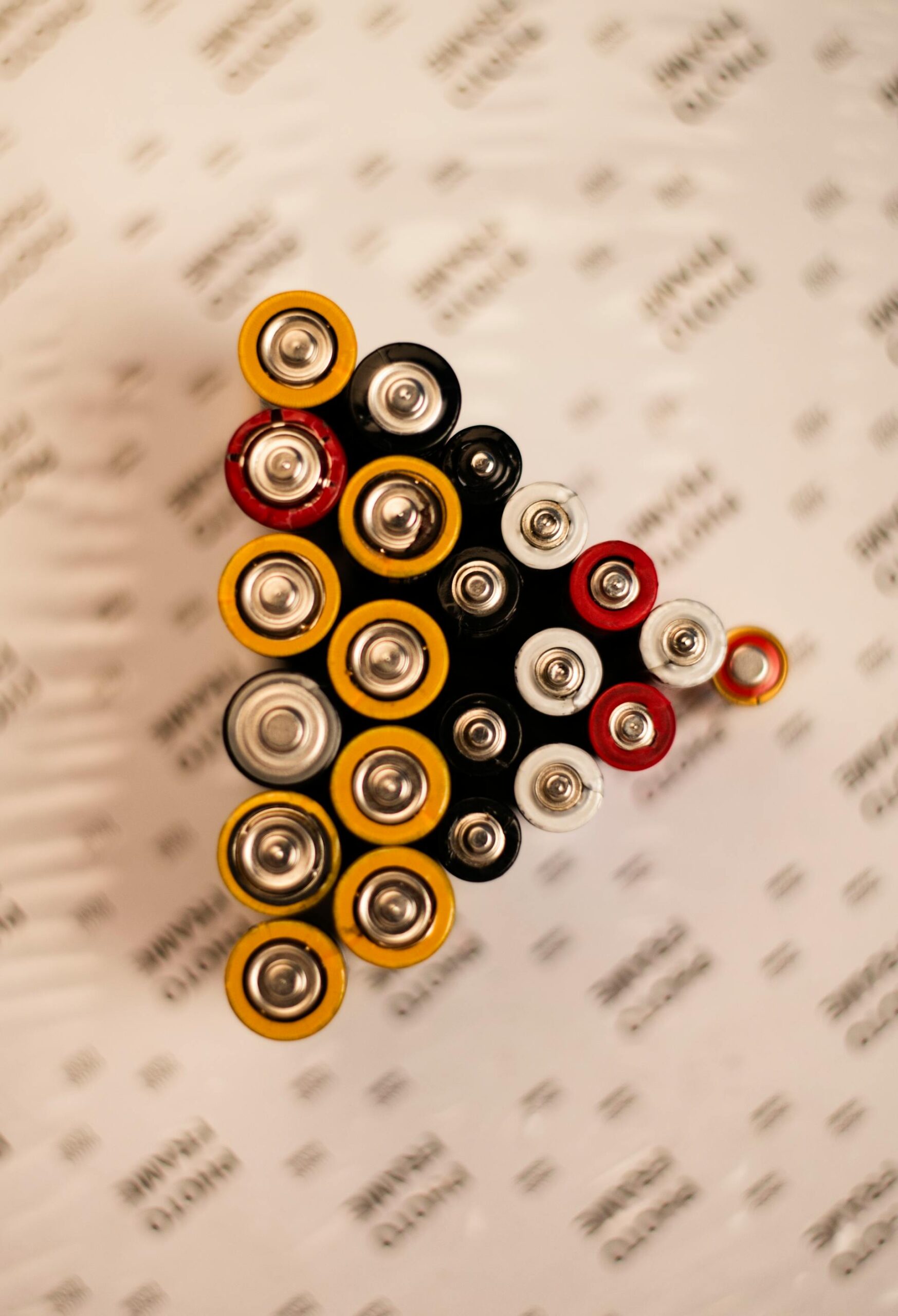In the race toward a cleaner, more sustainable energy future, scientists and engineers are constantly searching for materials that can make renewable technologies more efficient, durable, and affordable. While much attention has been given to lithium, cobalt, and nickel, there is another compound quietly proving its worth in advanced battery systems — sodium metavanadate (NaVO3). Though it rarely makes headlines, NaVO3 has shown remarkable potential in improving the performance of next-generation energy storage devices, making it a hidden hero in the world of renewable energy.
A Brief Look at NaVO3
NaVO3 is an inorganic compound composed of sodium, vanadium, and oxygen. It belongs to the family of vanadium oxides and shares certain chemical similarities with other vanadium-based materials like NH4VO3 (ammonium metavanadate) and KVO3 (potassium metavanadate). These compounds are known for their versatile oxidation states, which make vanadium a unique transition metal capable of efficient redox reactions — the foundation of most electrochemical energy storage systems.
In solid-state form, NaVO3 is typically a yellowish crystalline material that can be synthesized through the reaction of sodium carbonate and vanadium pentoxide (V2O5). Its layered crystal structure and high thermal stability give it properties that are ideal for use in battery electrodes, catalysts, and electrolyte systems.
Why Vanadium Matters
Vanadium’s ability to exist in multiple oxidation states (+2 to +5) allows it to store and release energy efficiently during redox reactions. This characteristic is why vanadium electrolyte is used in flow batteries — one of the most promising energy storage systems for renewable energy integration.
In a typical vanadium redox flow battery (VRFB), vanadium ions in different oxidation states are used in both the positive and negative electrolyte solutions, minimizing cross-contamination and improving long-term stability. NaVO3, as a sodium-based vanadium compound, plays a crucial role in developing and refining such electrolytes.
NaVO3 and the Sodium Advantage
The biggest challenge with lithium-ion batteries — currently the most popular choice for renewable energy storage — is the scarcity and cost of lithium. Sodium, on the other hand, is abundant and inexpensive. Researchers are therefore exploring sodium-based compounds as sustainable alternatives to lithium, and NaVO3 is at the forefront of this movement.
NaVO3’s sodium content makes it naturally compatible with sodium-ion battery systems, which could one day rival lithium-ion batteries in terms of performance and cost-efficiency. Its vanadium component contributes to high electrochemical activity, while sodium ensures resource sustainability and affordability. Together, they form a powerful combination for next-generation renewable energy storage.
Enhancing Battery Efficiency with NaVO3
One of the key benefits of using NaVO3 in battery applications lies in its structural flexibility and high ionic conductivity. The layered vanadate framework allows for the easy insertion and extraction of ions during charge and discharge cycles. This improves both the capacity and stability of the battery.
Moreover, NaVO3’s redox-active vanadium centers facilitate fast electron transfer reactions, reducing internal resistance and improving the energy efficiency of the system. In hybrid designs, NaVO3 can be used as both a cathode material and a vanadium electrolyte additive, balancing the need for high voltage, long cycle life, and chemical stability.
Applications Beyond Traditional Batteries
While NaVO3’s role in sodium-ion and flow batteries is gaining momentum, its potential doesn’t end there. Its catalytic and optical properties make it a valuable material for photovoltaics, supercapacitors, and photoelectrochemical cells. These devices can harness solar energy and convert it into electricity or chemical fuel with remarkable efficiency.
In particular, when combined with other vanadium compounds like V2O5 or MoCl5 (molybdenum pentachloride), NaVO3 can enhance light absorption and charge transfer in photoactive materials. Such combinations are paving the way for hybrid renewable systems that integrate solar harvesting with chemical energy storage — effectively bridging the gap between intermittent renewable generation and consistent energy demand.
Comparisons with Other Vanadium Compounds
Scientists studying NaVO3 often compare its electrochemical performance with that of other vanadium-based materials like NH4VO3, KVO3, and V2O5. While each compound has unique advantages, NaVO3 stands out for its balance of cost, performance, and environmental safety. For example:
- NH4VO3 offers excellent solubility and is used in vanadium electrolyte preparation, but it releases ammonia during processing.
- V2O5 provides strong redox activity but is relatively expensive and less stable in certain electrolyte conditions.
- NaVO3, however, is stable, scalable, and compatible with a wide range of battery chemistries, making it ideal for renewable energy storage applications.
Toward a Sustainable Energy Future
As the world transitions toward clean energy, the demand for reliable storage systems continues to rise. Solar and wind power generation are inherently intermittent, and without efficient storage, much of the energy they produce goes unused. NaVO3 offers a sustainable path forward — enabling the development of cost-effective, durable, and high-performance batteries that can store renewable energy at scale.
In the near future, we may see NaVO3-based sodium-ion or hybrid vanadium flow batteries powering renewable grids, smart homes, and even electric vehicles. Its compatibility with existing vanadium electrolyte technologies ensures that the research and infrastructure developed for vanadium systems can easily be adapted to NaVO3, accelerating its adoption in the energy sector.
Conclusion
While materials like lithium and cobalt dominate today’s headlines, NaVO3 quietly represents the next frontier in efficient, sustainable energy storage. Its unique combination of sodium abundance, vanadium’s redox versatility, and structural stability makes it a perfect fit for future battery technologies.
As renewable energy becomes the foundation of global power systems, it’s time to recognize NaVO3 for what it truly is — the hidden hero of efficient batteries, driving the world closer to a cleaner, more resilient energy future.

